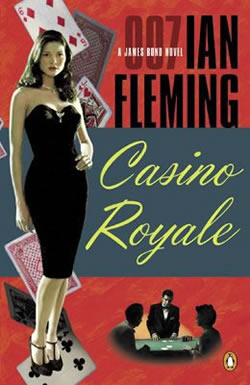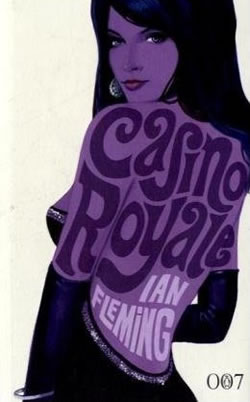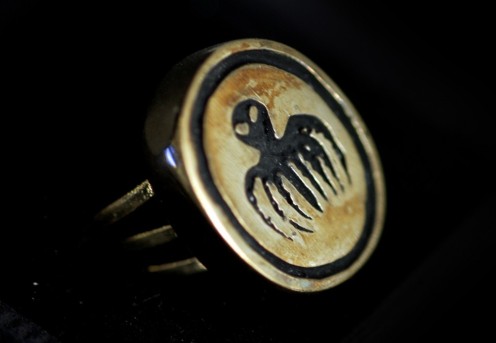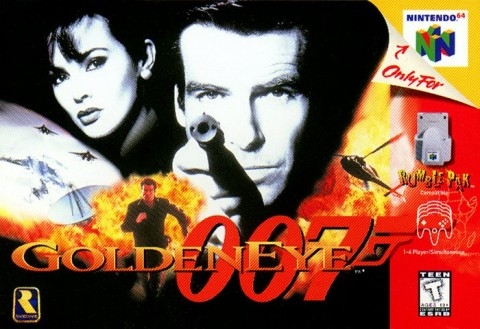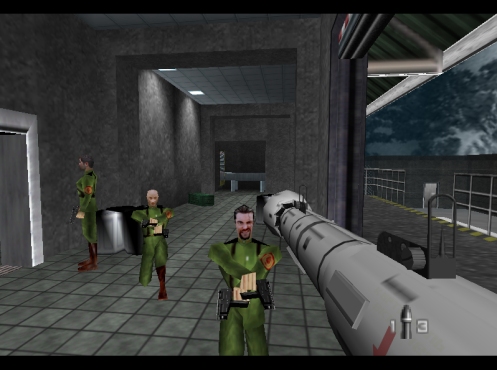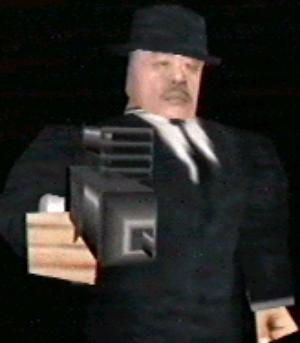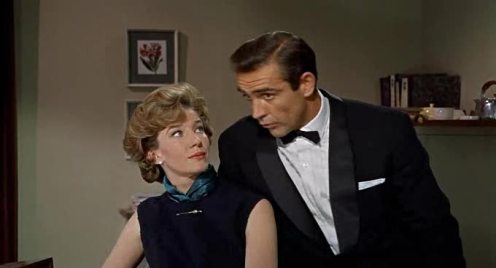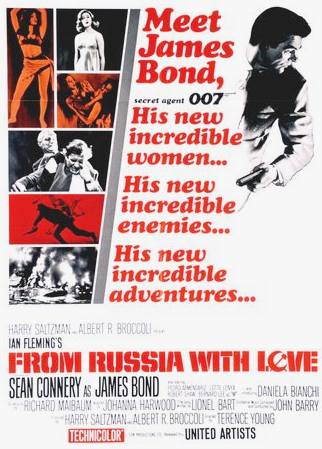
From Russia With Love (1963, Terence Young)
The second James Bond cinematic adventure represents, in many respects, the best of what the franchise has to offer and the best of what it should be (and often fails to). Many of the staples that first made an appearance in Dr. No return, while are featured for the first time. More importantly, it is the story of From Russia With Love that elevates it above so many of the other 21 film adventures.
This time, Spectre has a very specific objective in mind: deliver a ruthless counter punch to the British Secret Service for its victory in ousting their fallen comrade, Dr. No. They plan to lure MI6’s most respected soldier, James Bond 007 (Sean Connery) into a trap that will not only take our protagonist’s life, but downright embarrass the British. The nefarious organization has penetrated the ranks of SMERSH in Istanbul, with their inside agent being the infamous Rosa Klebb. The latter has ordered a simple but beautiful cipher expert named Tatiana Romanova (Daniela Bianchi) to contact their opposites in Britain and claim that she is willing to defect to the West and bring a lector decoding machine along with her. Excellent news! There is but one condition she requires before performing her escape: the British must send their agent 007 to make the trip with her, for she has fallen ‘in love’ with the man upon discovering his photograph in a Russian file.
M: Of course, girls do fall in love with pictures of film stars.
007: But not a Russian cipher expert with a file photo of a British agent! Unless she’s mental… No, it’s some sort of trap.
M: Well, obviously it’s a trap! And the bait is a cipher machine. A brand new Lektor.
007: A Lektor no less. The CIA’s been after one for years.
M: Yes, so have we.
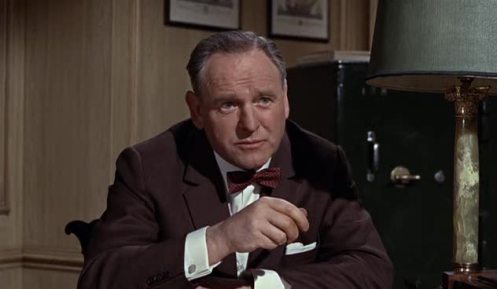
And with that Bond is sent to stunning Istanbul to make contact with its head of section, Ali Kerim Bey (Pedro Armendariz) as they wait for Tanya to make her move. Neither knows exactly what to expect from the Russians (who aren’t even the true enemies in this case!), SPECTRE has launched their own agent of destruction into the mix however. The cunning and mighty Red Grant (a chilling Robert Shaw) follows Bond around Istanbul and beyond, ready to strike at the precise moment to vanquish 007, Tanya, whom at that point will be nothing but a useless pawn, and retrieve the Lektor for SPECTRE. Photographic evidence of Bond and Tanya’s ‘courtship’ will be made public as will a false suicide note. Only defeat and a massive public embarrassment await MI6 now.

Before continuing, I must admit to something. From Russia With Love is my all time favourite Bond adventure. Of all the stories told by the filmmakers, Ian Fleming and the authors that picked up the pen afterwards, the cinematic From Russia With Love encapsulates my ideal James Bond universe. It is one of the few films whose faults (of which there are none, of course, wink wink) I unabashedly overlook as I gush over the 007 goodness of the film. Hence, I ask the readers to forgive me if I come off as bit hyperbolic at times.
New and old staples, but only greater heights
Dr. No gave the viewers a taste of the world of James Bond with an exotic location in Jamaica, a villainous mastermind, an exciting Bond girl, curiously original set designs and some kick ass action near the end. That film also opened with the iconic gun barrel sequence, which has been featured in all 22 films, in some fashion or another.
How do filmmakers proceed when pressed to deliver the goods yet again with a sequel? Make it bigger and better of course! Filmed on location in Istanbul for the most part with the exception of some grand interior scenes, the film has a very classy look to it. How could it not, the story takes place in freaking Istanbul for crying out loud. Thematically, the location of Istanbul is an intelligent one. During the Cold War, the city sat at the doorsteps of both the West and the East, and, in a way, still does today even though the Cold War is long over. It also features a stunning mixture of cultures which make it a difficult city to pigeon hole. Is it more of a European city or more of a Middle Eastern city? Interestingly enough, although Turkey is not officially a member of the European Union, the city of Istanbul hosted the 2005 Champions League final, a game in which the two best European football (soccer) clubs go head to head. It therefore made for a smart location for a Cold War Bond film where spies for both the West and the East rub shoulders on a daily basis and where uneasy truces are held. What better location for the non-aligned SPECTRE to spring a trap.
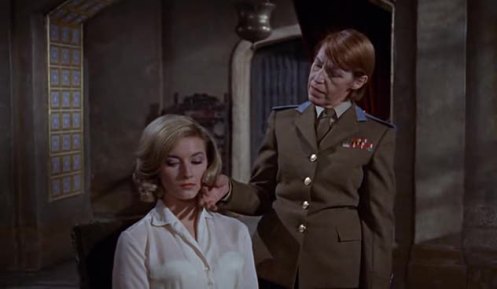
For this sequel, a totally different Bond girl takes center stage. Tanya is certainly no Honey Rider. She is but a competent and humble cipher expert, an office employee. While she may lack a certain sense of thrills and wild physicality that her predecessor was blessed with, she more than makes up for it with not only her looks, but also her willingness to go along for this dangerous mission and her seduction performance to snare Bond into the palm of SPECTRE. Of course, things go array once Tanya does begin to genuinely feel for her supposed enemy. Overall, Tanya is unquestionably one of the tamer Bond girls, but sometimes the tamer ones display qualities with the smaller details of their actions and behaviours. Her role is to provide the love angle a lift. It is a devastating case of an enemy agent falling for the very person she is supposed to mistrust and thrust towards defeat. Her predicament lends the film a more complex angle than many of the other Bond girls who would follow in her footsteps ever did. There is also the added factor that all the while this crazy adventure is unravelling, she still believes that mother Russia is pulling the strings, which the audience knows isn’t the case at all. SPECTRE, via Rosa Klebb, has hired poor, unknowing Tanya as a pawn in their war against the British Secret Service. If the organization’s plan flows accordingly, Tanya will be laid to waste just like Bond. The audience can therefore sympathize with her character more than if she was merely a love interest, although the latter angle works as well.
Bond himself is back obviously. He behaves much as he did in the previous instalment, although this time he seems a bit more sophisticated and sharper, both in terms of wit and cunning. While in M’s office for his briefing, he correctly deduces that there probably is a trap waiting for him in Istanbul, although he incorrectly assumes from whom. His first seduction scene with Tanya is a juggling act of sexual tension and office work, if one can imagine such a thing. ‘Where is the Lektor?’ he asks Tanya as he feels and kisses her softly. All the while travelling with her towards the West he walks the tightrope of emotions and spying that is, at that point, essentially fuelling his mission. He does keep his cool for the most part however. Much of the credit for Bond’s confident presence in this film (that’s not to say he wasn’t like that in Dr. No, only that he just seems a bit cooler this time around) must go to Sean Connery, who was clearly growing into the role after having played it once before. The smirks are there when they should be. The charm is there when it should be. The sense of imminent danger in his eyes is also there when it should be.

Bond’s ‘main event’ of the film is undoubtedly his eventual face à face with Red Grant on the Orient Express. Much like the filmmakers did in providing a different kind of Bond girl, they equally supplied Bond with a completely different central adversary. Grant may not be the brains behind the operation, but he essentially functions as Bond’s opposite with the ranks of SPECTRE, and the worst possible enemy Bond would have to face is of course an evil version himself. The muscle combat between the two foes is as intense as any other hand to hand combat Bond engages in throughout the series, but the icing on the cake is actually what happens right before. With Bond on his knees in a small cabin and a seemingly huge Red Grant overlooking him (brilliant camera work), pistol in hand, with an evil smirk of satisfaction on his face, it actually feels as though Bond is completely screwed this time. Grant doesn’t even do most of the talking. Instead, he allows 007 to deduce every single little mistake he committed which brought him and Tanya to this point where they will most likely be murdered in cold blood.
Grant (speaking of the bullets in his pistol): The first won’t kill you. Nor the second. Not even the third. Not till you crawl over here and kiss my foot!
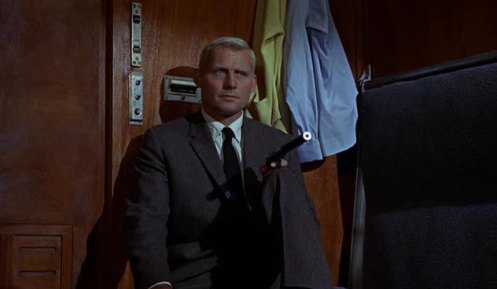
There are several memorable adversaries that stalked and tried to vanquish 007 throughout the franchise. Speaking from personal preference, I cannot think of one I’d rather not face more than Red Grant. He’s sneaky, determined, intelligent, and a machine whose primary objective is to kill without question. He also fits into the real world, physically at least, like Bond would, whereas other villains, whether by their physical appearance or their fighting styles, were clearly exaggerations and caricatures, such as Jaws and Oddjob. He was the first of the many so called ‘heavies’ to do battle with the famous 007.
There is something strangely Hitchcockian about the Bond-Grant game in From Russia With Love. Hitchcock was always such a gifted filmmaker at injecting his films with suspense in a great variety of ways, one of which was by having the audience know trouble is about without the protagonist being privy to that same bit knowledge. While Bond suspects the enemy is waiting for him around the corner, he isn’t completely sure, and he certainly does not know who exactly is hidden behind that dark corner. The audience does however. Despite witnessing SPECTRE’s high ranking decision makers discuss their intentions of destroying Bond and hitting MI6 hard at the beginning of the film, the viewer doesn’t know when exactly the final blow will take place, although they are given glimpses of Grant here and there. When Grant, pretending to be Bond’s contact, finally greets our hero as they embark on the Orient Express, we know perfectly well that the proverbial shit will hit the fan soon enough. Whether Bond instinctively recognizes this immediately or not upon meeting Grant is not revealed, so we assume Bond is falling deeper and deeper into SPECTRE’s trap. Brilliant stuff.
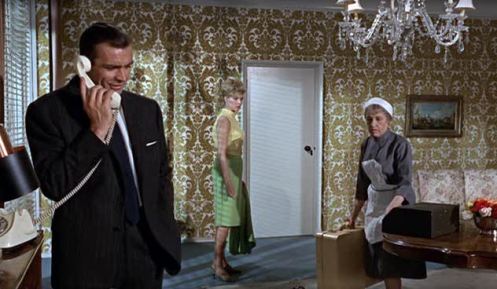
The pacing of the film, while similar to that of Dr. No, offers more for the viewer to enjoy and soak in. For much of the first 2/3, Bond and Kerim Bey are snooping around, waiting for Tanya to finally engage them with the Lektor. There is a shootout at a Gipsey camp at around the midpoint of the film, but for the most part, there’s just some good old fashioned spying taking place. That is precisely what I enjoy so much about the film. Coded phrases, underground caverns to eavesdrop on the enemy, studying the blueprints of embassies, a taste of some Turkish culture, all stuff that should be in a good day’s work of a spy. Bond is doing what he is basically hired to do, be a spy, something he seems to do less and less as the series moves forward with future instalments. However, the moment Bond and Red Grant engage in their furious battle on the train, From Russia With Love sets itself into a very high octane gear, with action sequence after action sequence to occupy the final half hour of the film. Hand to hand combat, a boat chase (with explosions), a helicopter attack (with explosions), and finally an oddly tense encounter with Rosa Klebb and her poisonous shoes (no explosions, sadly). Bigger and better indeed.
Improvements are not only made to the pacing, action and characters involved, but also to the music. Monty Norman, who composed the score for the previous film, did not return. Rather, the filmmakers hired John Barry instead, and what a lasting impression on the franchise he had. From Russia With Love’s score is sweeping, romantic, exotic, more bombastic and action packed all at once. It is small wonder therefore that he went on to compose the music for so many other of the films: Goldfinger, Thunderball, You Only Live Twice, On Her Majesty’s Secret Service, The Man With the Golden Gun, Moonraker, Octopussy, A View to a Kill, and finally ending his James Bond musical odyssey with The Living Daylights. No offense to Monty Norman, who did provide Bond with his theme after all, but the FRWL score blows the DN score out of the water by leaps and bounds.
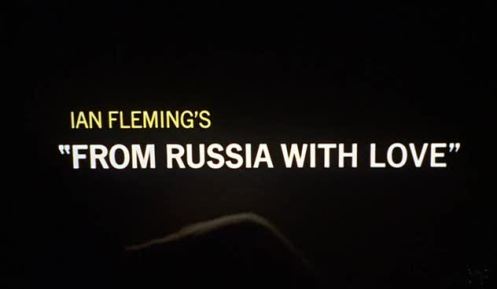
The film also gives birth to the first true pre-title sequence, which feature Grant in a SPECTRE training facility at night, hunting down who the first time viewer believes to be James Bond in a garden maze (sort of à la Shining). ‘Bond’ is caught by Grant, who chokes the former with his wristwatch string. The lights are turned on, SPECTRE evaluators appear and congratulate Grant on his marvellous performance. The poor fellow who fell to Grant’s sneakiness and brute strength has his James Bond mask removed. Fade to black and cut to: a musical title sequence with an original song written specifically for the film (From Russia With Love, sung by Matt Monro), yet another first that would go on to appear in all subsequent Bond movies.
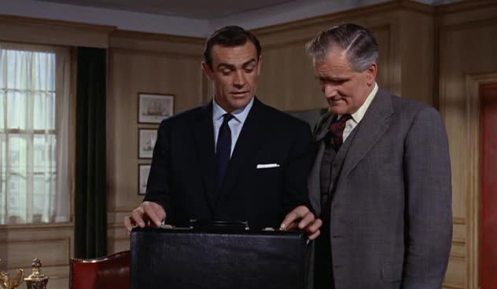
Of course, arguably one of the most memorable ‘firsts’ to appear in this movie is that of the character Q, played by the late Desmond Lewellyn, and his briefcase of nasty tricks. Ah yes, the old brief case, what with its hidden blade, hidden gold sovereigns, hidden smoke canister, hidden bullets and hidden compartment for a mini sniper riffle. A truly evil little toy provided to Bond that, like so many other gadgets would, save his dear life during the mission. Q and his crack team of inventors are to be credited for keeping Bond’s life being in relatively safe hands during the secret agent’s illustrious career, although he probably would never admit to it.
From Russia With Love took what was successful in Dr. No and did what most sequels do: it upped the ante. Unlike with most sequels however, the film was superior to its predecessor in almost every respect.
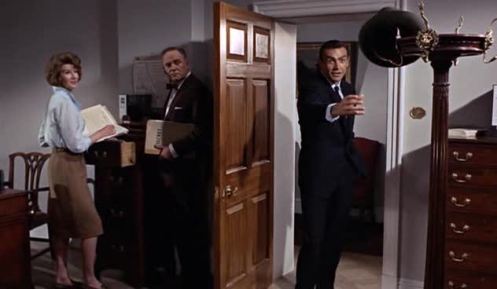 ‘And for my next miracle…’
‘And for my next miracle…’
Posted in Uncategorized

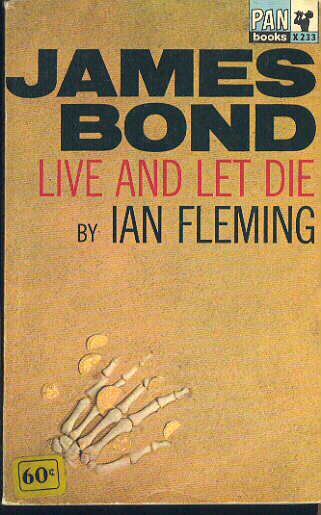
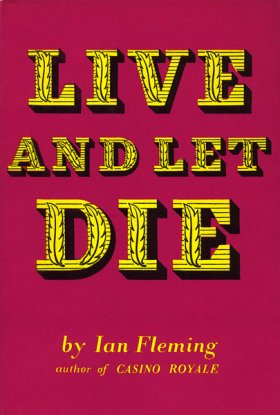

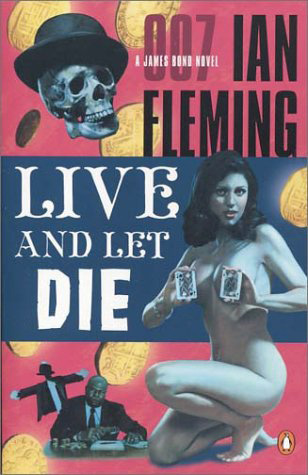




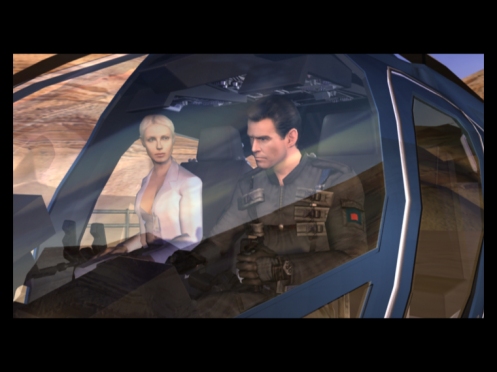
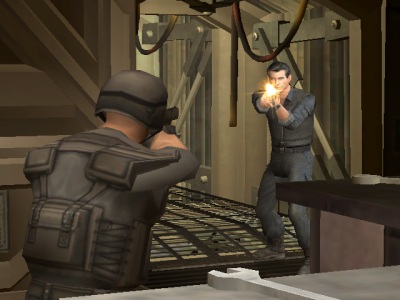
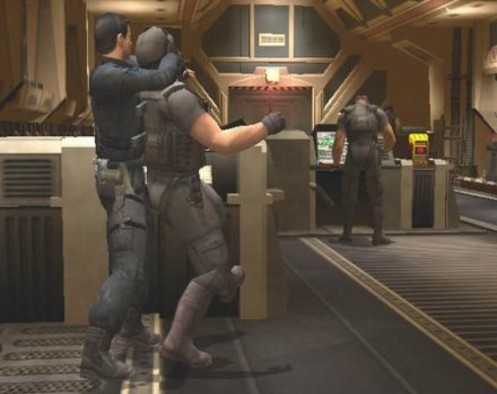









 ‘And for my next miracle…’
‘And for my next miracle…’
